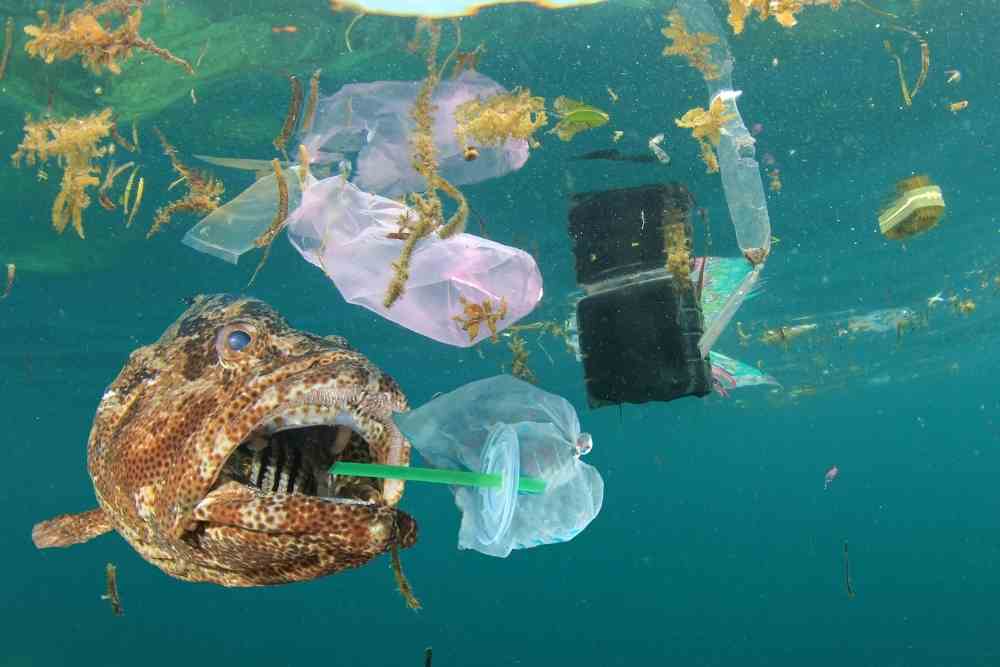The amount of mercury in fish has become a concern for people, as the chemical can be harmful to human health. Mercury occurs naturally in the environment, but it can also be released into the air and water through human activities. Fish absorb mercury from the water and it builds up in their flesh. Some fish have more mercury than others, so it’s important to know which ones are safe to eat.

What is Mercury?
Mercury is a heavy, silver-white metal that is a liquid at room temperature. It has a low melting point and boils at 644.6 degrees Fahrenheit. Mercury is used in thermometers, barometers, and other scientific instruments. It is also used in some fluorescent light bulbs. Mercury is toxic to humans and animals.
Mercury is a heavy metal that is toxic to both people and animals. Mercury poisoning can cause a variety of health problems, including damage to the brain, heart, kidneys, and lungs. In addition, mercury can also cause reproductive problems in both people and animals.
One of the most serious mercury side effects is its neurotoxic effects. Mercury can cause damage to the brain and nervous system, leading to impaired cognitive function, learning disabilities, and seizures. It can also interfere with the development of the brain in unborn children.
Mercury can also have damaging effects on the heart. It can cause arrhythmias (irregular heartbeats), congestive heart failure, and even death. Mercury can also damage the kidneys and lungs, and it can interfere with reproduction in both people and animals.
How Does Mercury Get Into Fish?
Mercury is a naturally occurring element that is found in the environment. It can enter the body through eating fish and other seafood that have mercury in them. Mercury builds up over time in the body, and can damage the brain, kidneys, and developing fetuses.
There are several ways that mercury can get into fish. Some of it comes from the air, and settles into water bodies like lakes and rivers. Mercury can also be released into water by factories and power plants that burn coal. When people dump waste into water, it can also contain mercury.
The most common way that mercury gets into fish is when they eat smaller fish that have been contaminated with it. Mercury accumulates as it moves up the food chain, so larger fish tend to have more of it than smaller fish.
Mercury is a naturally occurring element that exists in the environment. It can be found in air, water and soil. Mercury occurs in several forms including metallic mercury, elemental mercury and organic mercury. Mercury is released into the environment from various sources including mining, burning coal and oil, and manufacturing.
Mercury can enter the food chain when it is deposited in water bodies. Fish absorb mercury from the water and accumulate it in their tissues. As fish eat other fish, they accumulate more mercury.
The highest levels of mercury are found in larger fish that eat smaller fish. This is why predatory fish such as tuna and swordfish have higher levels of mercury than other types of fish.
There is evidence that eating contaminated fish can cause health problems. Children and pregnant women are most at risk for adverse health effects from eating contaminated fish. The U.S.
Problems associated with mercury in fish food
People are exposed to mercury when they eat contaminated fish. It can cause neurological problems, including problems with coordination, vision, and hearing. Mercury can also affect the brain, kidneys, and liver. Pregnant women and young children are especially at risk for health problems caused by mercury exposure.
There are ways to reduce your exposure to mercury when eating fish. The most important thing is to avoid eating high-mercury fish.
Many people are unaware of the dangers associated with mercury in fish food. When consumed, mercury can cause a number of health problems, including damage to the brain, kidneys, and central nervous system. It can also lead to developmental problems in children and fetuses.
How to reduce the exposure of fish to mercury?
Mercury is often present in fish feed as a result of pollution. In some areas, the levels of mercury in the water are so high that it is not safe to eat any fish from that particular body of water. Unfortunately, there is no easy way to determine whether or not a particular fish has been exposed to mercury.
There are several steps that people can take to reduce their exposure to mercury in fish food. First, they can avoid eating species that are known to contain high levels of mercury. They can also avoid eating large fish, which tend to have higher levels of mercury than small fish.